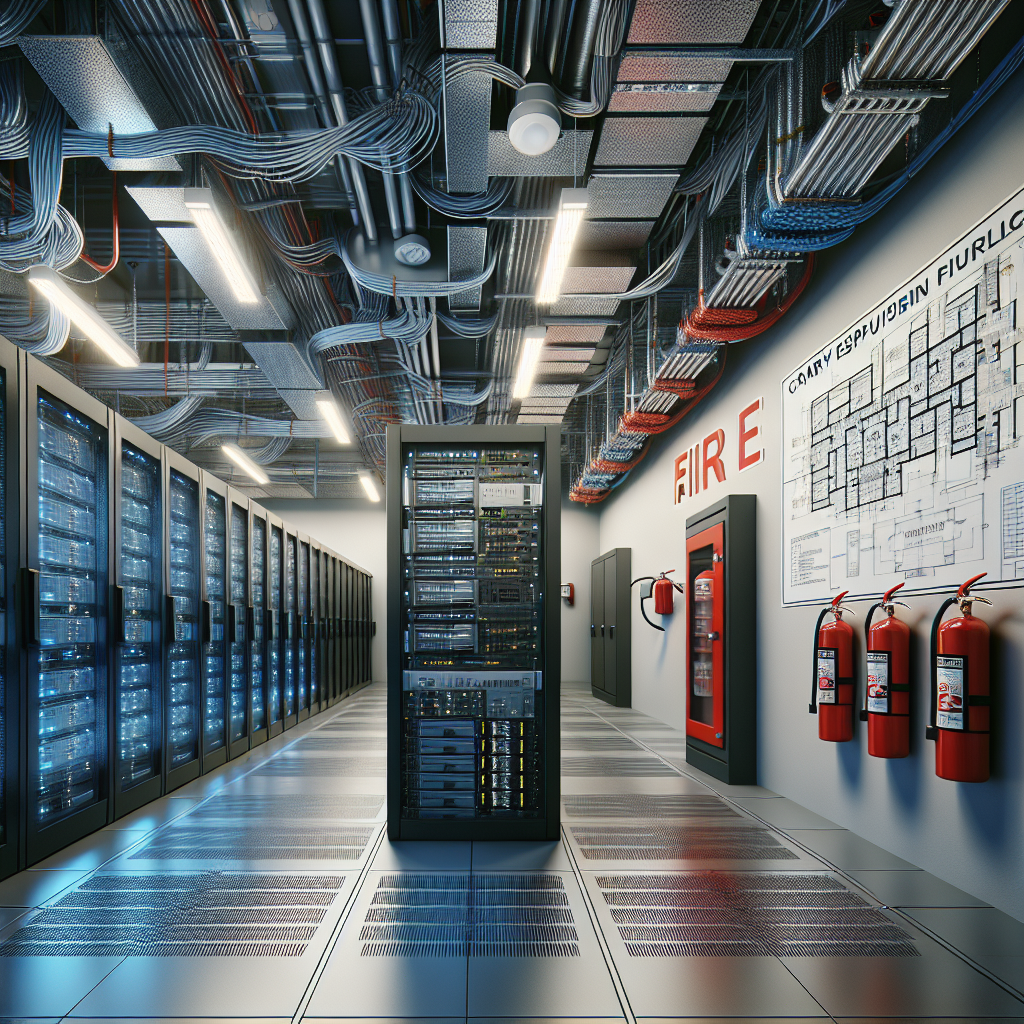Your cart is currently empty!
Emergency Preparedness: Implementing a Fire Suppression Plan for Your Data Center

In today’s digital age, data centers play a crucial role in storing and managing vast amounts of information for businesses and organizations. However, with the increasing reliance on technology, the risk of data center fires has also become a major concern. In order to protect valuable data and ensure business continuity, it is essential to have a comprehensive fire suppression plan in place.
Implementing a fire suppression plan for your data center is crucial in ensuring the safety of employees and the protection of critical infrastructure. Without proper measures in place, a fire can quickly escalate and cause irreparable damage to servers, networking equipment, and other hardware, resulting in data loss and costly downtime.
One of the first steps in developing a fire suppression plan for your data center is to conduct a thorough risk assessment. This involves identifying potential fire hazards, such as electrical equipment, overheating servers, and flammable materials, and assessing the likelihood of a fire occurring. By understanding the specific risks facing your data center, you can develop a targeted fire suppression strategy that addresses these vulnerabilities.
Once you have identified potential fire hazards, the next step is to implement appropriate fire suppression systems. There are a variety of fire suppression technologies available for data centers, including traditional water-based systems, gas-based systems, and environmentally friendly alternatives like inert gas suppression. It is important to choose a system that is suited to the unique needs of your data center and can effectively suppress fires without causing damage to sensitive equipment.
In addition to installing fire suppression systems, it is also important to establish clear protocols for responding to a fire emergency. This includes developing evacuation procedures, designating emergency exits, and training employees on how to safely evacuate the data center in the event of a fire. Regular fire drills should be conducted to ensure that all staff are familiar with the emergency procedures and can respond quickly and effectively in a crisis situation.
Furthermore, it is crucial to regularly maintain and test your fire suppression systems to ensure they are functioning properly. This includes conducting regular inspections, testing alarms and detection systems, and replacing any outdated or faulty equipment. By staying proactive and vigilant in your fire prevention efforts, you can minimize the risk of a data center fire and protect your critical infrastructure.
In conclusion, implementing a fire suppression plan for your data center is essential in safeguarding valuable data and ensuring business continuity. By conducting a thorough risk assessment, installing appropriate fire suppression systems, and establishing clear emergency protocols, you can effectively mitigate the risk of a fire and protect your data center from potential disasters. Remember, when it comes to fire safety, it is always better to be prepared than to be caught off guard.

Leave a Reply